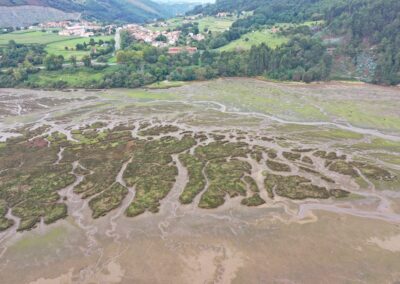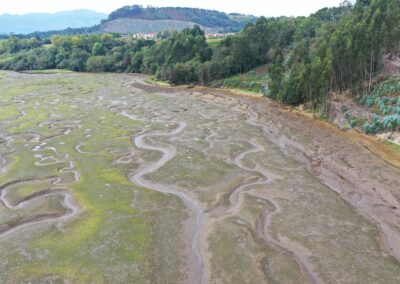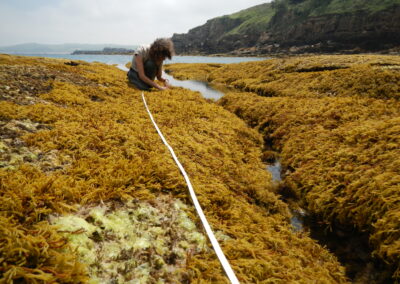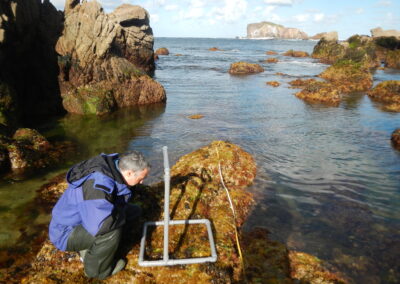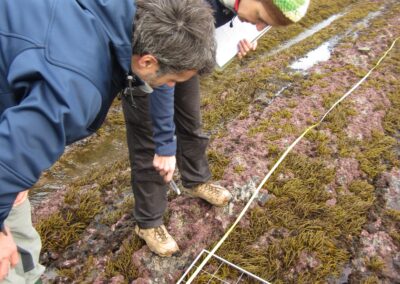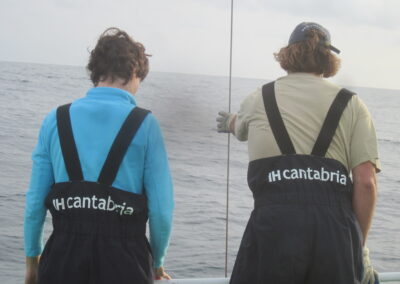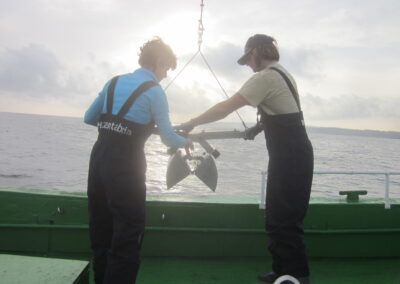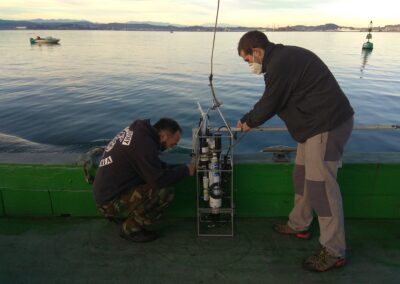ACUATIC
“Improving water quality and aquatic ecosystems.”


ACUATIC
2005 – 2022
-
The project aims to support the Government of Cantabria in the implementation of the Water Framework Directive (2000/60/EC). Among other tasks, in 2005 the “Coastal Quality Network of Cantabria” was launched, within which an analysis of the quality of water, sediments and certain biological indicators in the transitional and coastal water bodies of Cantabria has been carried out since then.

ACUATIC
2005 – 2022
The project aims to support the Government of Cantabria in the implementation of the Water Framework Directive (2000/60/EC). Among other tasks, in 2005 the “Coastal Quality Network of Cantabria” was launched, within which an analysis of the quality of water, sediments and certain biological indicators in the transitional and coastal water bodies of Cantabria has been carried out since then.

CONTEXT
-
- REGION, COUNTRY: Cantabria, Spain
- CLIENT: Government of Cantabria (Spain)
- FINANCING SOURCE: Government of Cantabria (Spain)
- SCOPE: National
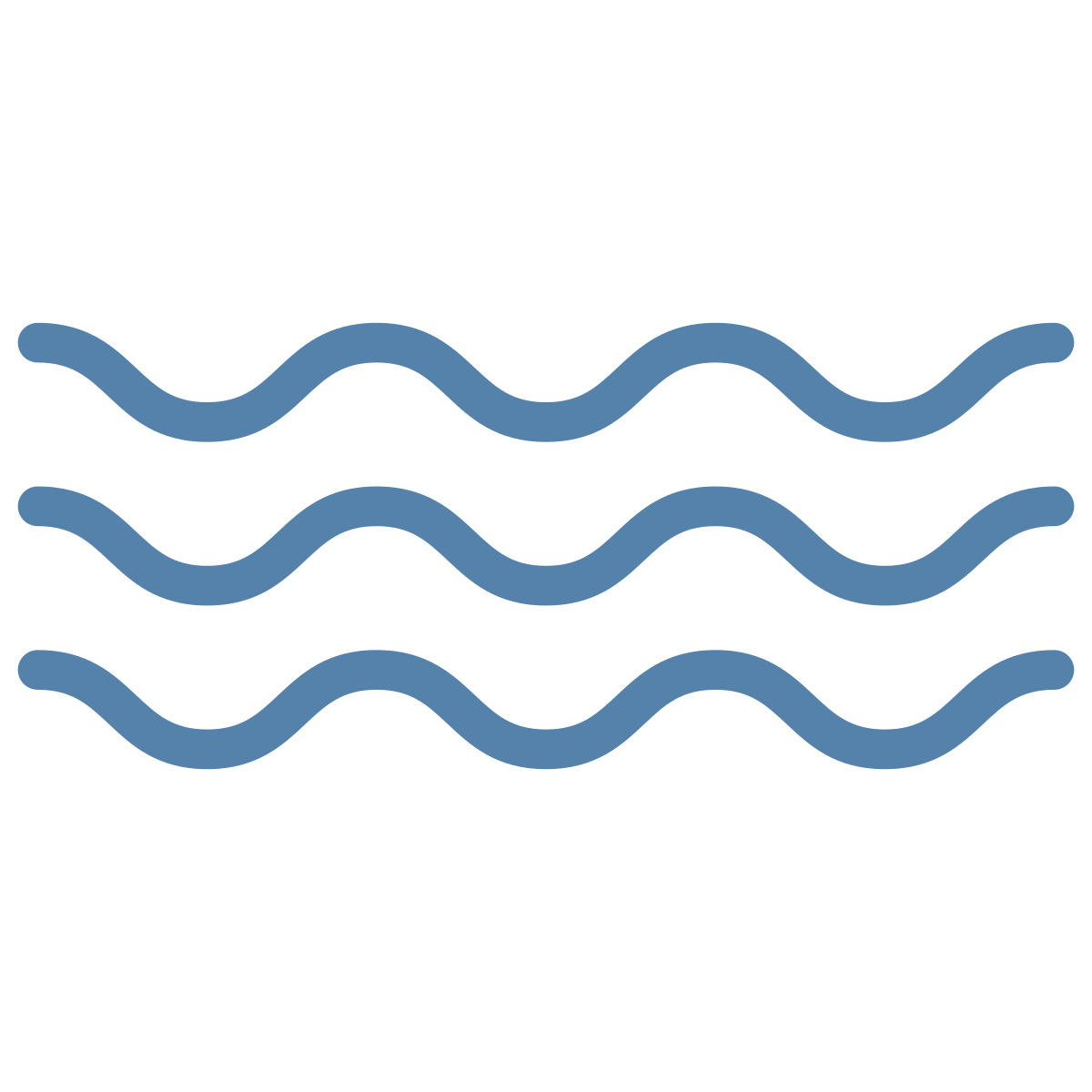
WHAT HAS MADE THIS PROJECT UNIQUE?
-
- Supporting evidence-based decision making and innovation for contribution to the SDGs.
- Design of multidisciplinary, integrated and unique solutions to address the complexity of socio-ecological systems associated with water and ensure their resilience.
- Cooperation, alliances and partnerships for sustainability, as an interface between academic and business, local and global, public and private agents.

HOW HAS IT ALIGNED WITH OUR MISSION AND VISION?
-
- Knowledge transfer with a multidisciplinary and collaborative approach, and incorporation of integrated management of socio-ecological systems associated with water, to contribute to a more sustainable planet.

WHAT LESSONS HAVE BEEN LEARNED?
-
- The need to maintain networks for systematic monitoring of the quality of water bodies in order to be able to know with sufficient rigor the spatial and temporal variability of the estuaries and coasts of the region, which is essential information for hydrological planning and the proposal of appropriate management measures.
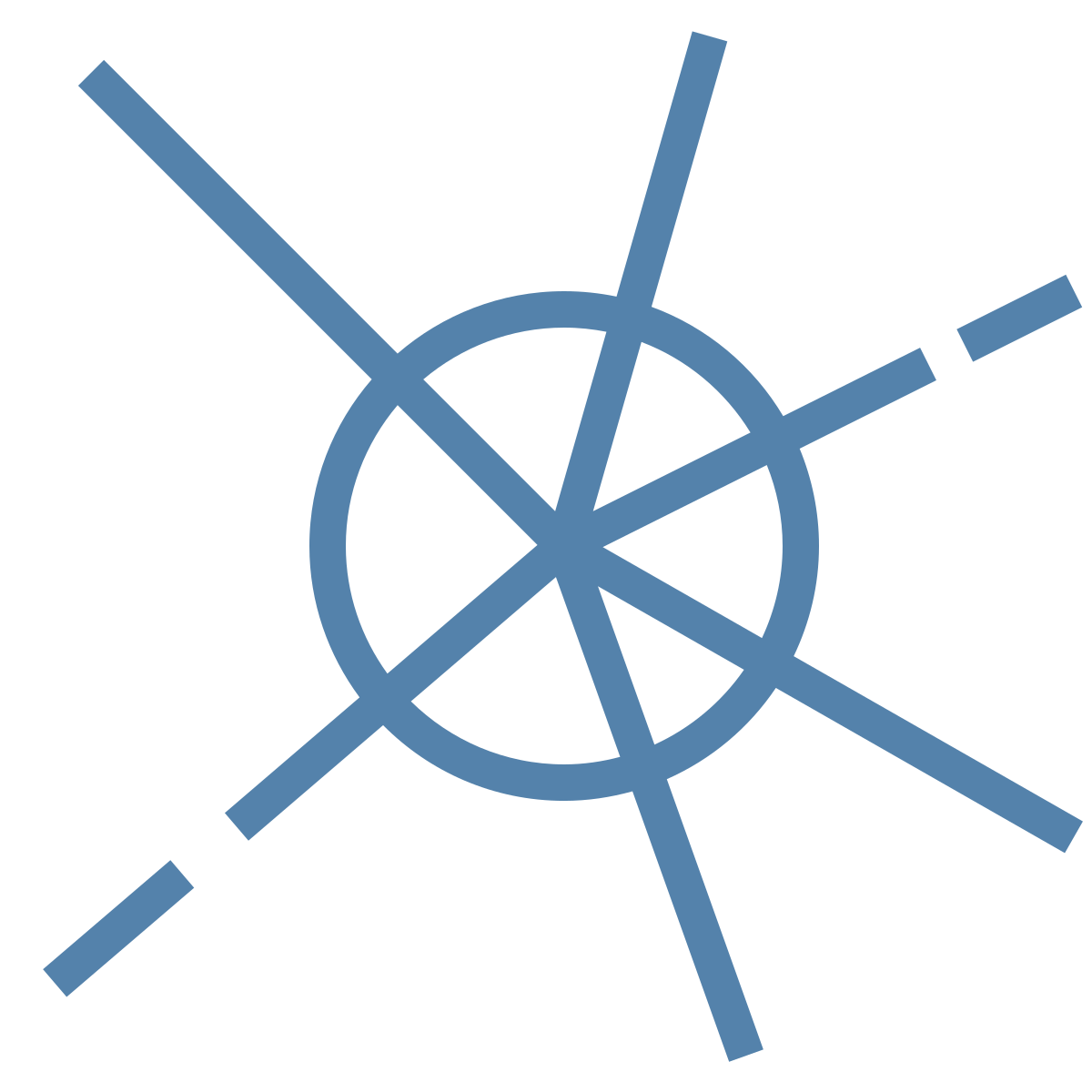
WHAT HAS BEEN THE IMPACT OF THE PROJECT?
-
- The information on the quality of coastal water masses generated in the project has served as a basis for understanding the most relevant physicochemical and biological characteristics of coastal ecosystems, with the ultimate aim of making a diagnosis and evaluation of their condition. For this reason, from the initial stages, a major effort has been made to develop metrics for the evaluation of the different physicochemical and biological quality elements (phytoplankton, macroalgae, invertebrates, fish, marsh vegetation). To validate these metrics, we have participated in the European intercalibration exercises (NEA-GIG), the results of which are included in the EU Decision 2018/229 of the Commission, and in Royal Decree 817/2015.

WHY HAS IT BEEN SUCH A SUCCESS?
- High impact on the knowledge, management and conservation of estuaries and coastal areas at regional level.

CONTEXT
REGION, COUNTRY: Cantabria, Spain
CLIENT: Government of Cantabria (Spain)
FINANCING SOURCE: Government of Cantabria (Spain)
SCOPE: National

WHAT HAS MADE THIS PROJECT UNIQUE?
- Supporting evidence-based decision making and innovation for contribution to the SDGs.
- Design of multidisciplinary, integrated and unique solutions to address the complexity of socio-ecological systems associated with water and ensure their resilience.
- Cooperation, alliances and partnerships for sustainability, as an interface between academic and business, local and global, public and private agents.

HOW HAS IT ALIGNED WITH OUR MISSION AND VISION?
- Knowledge transfer with a multidisciplinary and collaborative approach, and incorporation of integrated management of socio-ecological systems associated with water, to contribute to a more sustainable planet.

WHAT LESSONS HAVE BEEN LEARNED?
- The need to maintain networks for systematic monitoring of the quality of water bodies in order to be able to know with sufficient rigor the spatial and temporal variability of the estuaries and coasts of the region, which is essential information for hydrological planning and the proposal of appropriate management measures.

WHAT HAS BEEN THE IMPACT OF THE PROJECT?
- The information on the quality of coastal water masses generated in the project has served as a basis for understanding the most relevant physicochemical and biological characteristics of coastal ecosystems, with the ultimate aim of making a diagnosis and evaluation of their condition. For this reason, from the initial stages, a major effort has been made to develop metrics for the evaluation of the different physicochemical and biological quality elements (phytoplankton, macroalgae, invertebrates, fish, marsh vegetation). To validate these metrics, we have participated in the European intercalibration exercises (NEA-GIG), the results of which are included in the EU Decision 2018/229 of the Commission, and in Royal Decree 817/2015.

WHY HAS IT BEEN SUCH A SUCCESS?
- High impact on knowledge, management and conservation of estuaries and coastal areas at regional level.

